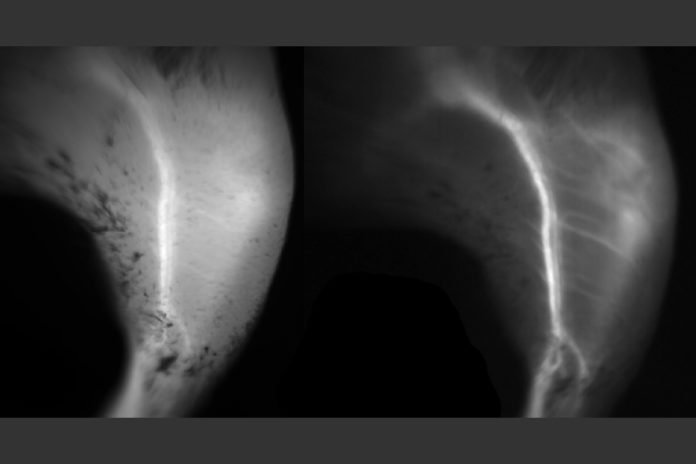Fluorescence imaging is generally utilized for imaging biological tissues, for example, the back of the eye, where indications of macular degeneration can be identified. For these procedures, researchers use a portion of the light spectrum known as the near-infrared (NIR) — 700 to 900 nanometers, just beyond what the human eye can detect.
A dye that fluoresces at this wavelength is regulated to the body or tissue and after that imaged utilizing a specific camera. Analysts have demonstrated that light with wavelengths more noteworthy than 1,000 nanometers, known as short-wave infrared (SWIR), offers much clearer pictures than NIR, however, there are no FDA-affirmed fluorescence colors with crest outflow in the SWIR range.
Now, MIT scientists have taken a major step major step toward making SWIR imaging widely available. They have shown that an FDA-approved, commercially available dye now used for near-infrared imaging also works very well for short-wave infrared imaging.
Moungi Bawendi, the Lester Wolf Professor of Chemistry at MIT said, “What we found is that this dye, which has been approved since 1959, is really the best, the brightest fluorophore that we know of at this point for imaging in the short-wave infrared. Now clinicians can start to try short-wave imaging for their applications because they already have a fluorophore which is approved for use in humans.”
Bawendi and former MIT research scientist Oliver Bruns are the senior authors of the study, which appears in the Proceedings of the National Academy of Sciences. The paper’s lead authors are MIT graduate students Jessica Carr and Daniel Franke.
Scientists believe that the dye with a camera that detects short-wave infrared light could allow doctors and researchers to obtain much better images of blood vessels and other body tissues for diagnosis and research.
Scientists particularly used indocyanine green (ICG) dye in the study that fluoresces most emphatically around 800 nanometers, which falls within the close infrared range. At the point when infused into the body, it goes through the circulatory system, making it perfect for angiography (the perception of blood coursing through vessels). Some robot-helped surgical frameworks have consolidated NIR fluorescence imaging to help envision veins and other anatomical highlights.
Scientists found that the dye is efficient for SWIR imaging. As a feature of a control tries for another paper, they tried the fluorescence yield of quantum dabs against the fluorescence yield of ICG in the short-wave infrared. They expected that ICG would have no yield, however, were astounded to find that it really delivered an exceptionally solid flag.
Short-wave infrared can also penetrate deeper into tissue, although calculating exactly how far is a complicated process, the researchers say, because it depends on the size of the structure being viewed and the field of view of the microscope.
In the new study, the researchers were able to see several hundred micrometers into tissue using a regular fluorescence microscope. Normally, this depth can be reached only by two-photon microscopy, a much more complicated and expensive type of imaging.
Franke said, “We found that short-wave infrared is particularly useful for imaging small objects that are on top of a large background, so when you want to do angiography of small vessels or capillaries, that’s significantly easier in the short-wave infrared than in the near-infrared.”
Scientists further explored ICG and showed that it gives a stronger signal than other SWIR dyes now in development. Though it doesn’t fluoresce efficiently in the shortwave-infrared range, ICG absorbs so much light that if even a small percentage is emitted as fluorescent light, the signal is brighter than that produced by other SWIR dyes. They also found that ICG is bright enough that it can produce images quickly, which is important for capturing motion.
The scientists additionally tried another color that works in the close infrared. This color, called IRDye 800CW, is like ICG and can be appended to antibodies that objective proteins, for example, those found in tumors. They found that IRDye 800CW additionally fluoresces brilliantly in the shortwave-infrared light, though not as splendidly as ICG, and demonstrated that they could utilize it to picture a destructive tumor in the brains of mice.
To do shortwave-infrared imaging, examine labs and doctor’s facilities would need to change from the silicon cameras now utilized for NIR imaging to an indium gallium arsenide (InGaAs) camera. Up to this point, these cameras have been restrictively costly, yet the costs have been descending in the previous quite a while.
